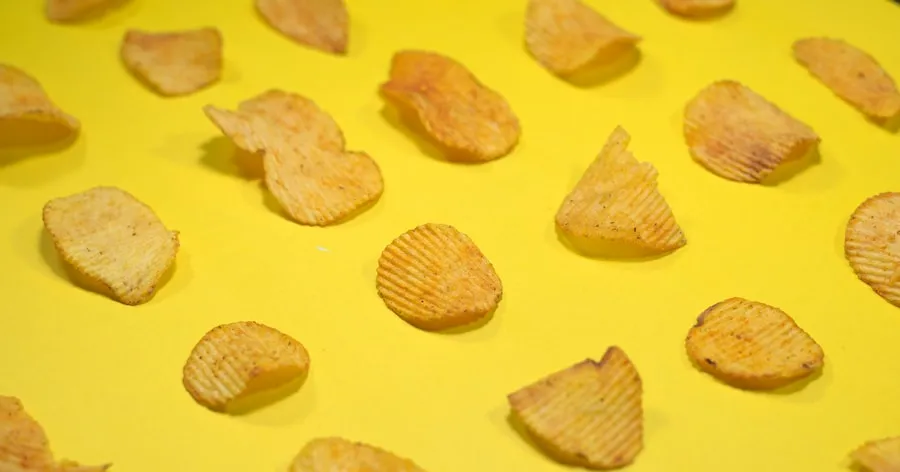> It’s gone from a fringe community to a household name. But there are plenty of people still scratching their heads in disbelief as they watch their bacon-loving friends losing weight. Maybe you heard about the ketogenic diet and want to get started yourself. In any case, it’s always wise to start at the beginning. <

> Today, we’re going to use our brief time together to answer all of your keto diet questions. We’ll define new terms like ketosis, explore the keto-friendly diet, and break down what you should stay away from. Long story short, if you’re looking to learn more about keto, you’ve come to the right place. <
> What Is The Ketogenic Diet? <
> Though variations can exist, the ketogenic diet is a meal plan that restricts your consumption of carbohydrates while also increasing your consumption of fats and proteins. More specifically, a ketogenic diet is made up of 80-percent fats, 15-percent protein, and less than 5-percent carbohydrates. <
> If you deny yourself carbohydrates for long enough, your body begins searching for other sources of fuel. Eventually you’ll enter what’s called ketosis, a biological process that sees your body generate energy from your fat stores and the fat that you consume as part of the ketogenic diet. <
> Potential Benefits of the Keto Diet <
> So why cut out pizza and pasta in the first place? There are a lot of reasons, and there would have to be to convince millions of people to pass on chips for good. The ketogenic diet was developed and used to treat childhood epilepsy as early as the 1920’s. It yielded such remarkable results that it’s still used as a treatment today. <
> The ketogenic diet is also popular among those looking to lead a healthier lifestyle. It’s a great way to lose weight quickly, but the potential benefits of the keto diet also extend to include the following: <
2. > It might improve the symptoms of Parkinson’s disease. <
3. > It may have anti-tumor effects that help slow tumor growth. <
4. > It may improve the outcomes of traumatic brain injuries. <
5. > It may improve insulin sensitivity in those with type 2 diabetes. <
> It’s important to note that the research is limited. Though some of the earliest studies show promising results, there’s still so much to know and learn about the ketogenic diet and its transformative impact on the human body. <
> All About the Keto Flu <
> If you’ve known anyone that’s actually attempted the ketogenic diet then you’ve probably heard them mention the keto flu. The keto flu is a collection of symptoms that are said to be caused by carb withdrawal, and can last for as long as seven days. <
> Though it often presents differently in different people, the known symptoms of keto flu include: <
2. > Fatigue <
3. > Headaches <
4. > Irritability <
5. > Constipation <
6. > Trouble Sleeping <
7. > Nausea <
> It does happen to a lot of people transitioning into a low-carb diet. If it happens to you, make sure you drink lots of water, get lots of rest. <
> What Can You Eat? <
> All of this talk about ketosis and carbohydrates can get a bit confusing. Which is why most keto beginners find it easier to understand keto by looking at the list of permitted foods. There are certainly lots of foods you can’t eat, but we’ll start you off with the good news. <
> The goal on a keto diet is to limit your carbohydrates while increasing your intake of fats and protein. As such, the plan to get to know the following grocery items: <
2. > Coconut oil <
3. > Sugar-free sweeteners like stevia, erythritol, and monk fruit. <
4. > Meat <
5. > Leafy greens <
6. > High fat dairy including hard cheese and butter. <
7. > Avocado <
8. > Cruciferous vegetables like broccoli and cauliflower <
> What Can’t You Eat? <
> Nothing comes without sacrifice, and the benefits of the ketogenic diet are no different. If you’re hoping to clean up your diet the keto way, you may need to completely overhaul your fridge. It all comes down to how frequently you eat carbs. <
> In order to restrict your carb consumption to 5-percent or less, you’ll need to completely cut out the following: <
2. > All sugars <
3. > Tubers, which includes potatoes and yams. <
4. > All fruit <
> Don’t Give Up! <
> The ketogenic diet delivered impressive results for some people, and it may accomplish similar feats for you. Whether you make the decision to follow the ketogenic path or move on to something less restrictive, it’s important to get the green light from your doctor before making any changes to your diet. <
> It’s important to set your expectations too. Adhering to a strict ketogenic diet isn’t without its common obstacles. From overcoming the keto flu, to entertaining constant resistance from family and friends, the ketogenic diet can be a real struggle. If you’re open to taking our advice, we recommend not telling anybody about your new diet and let the results do the talking instead. <
